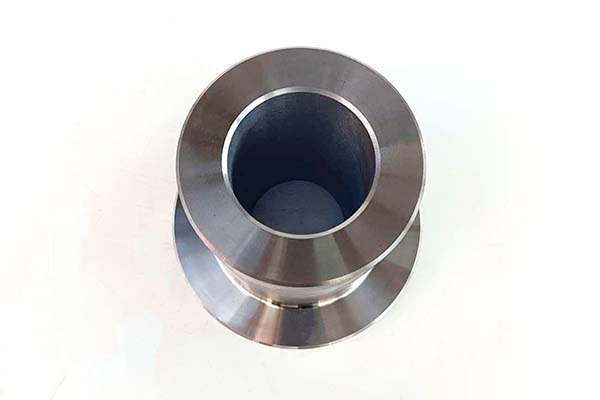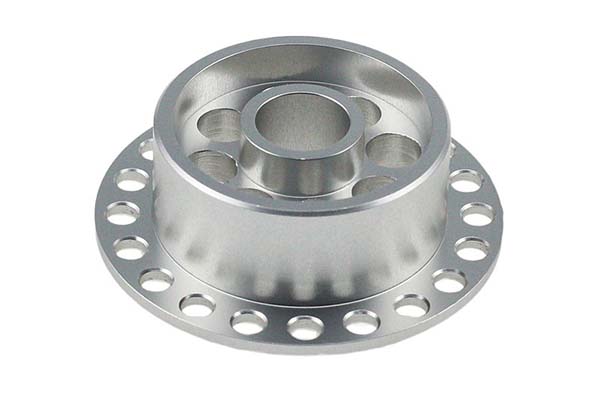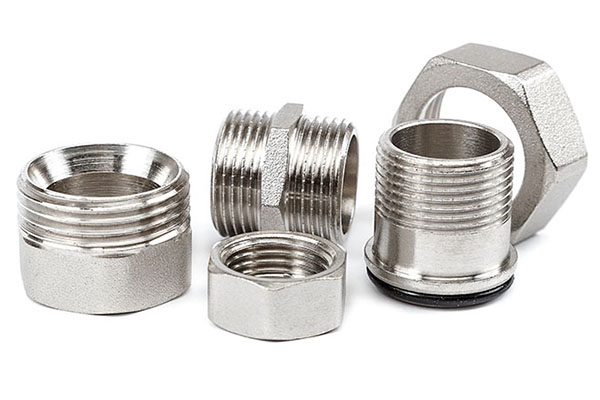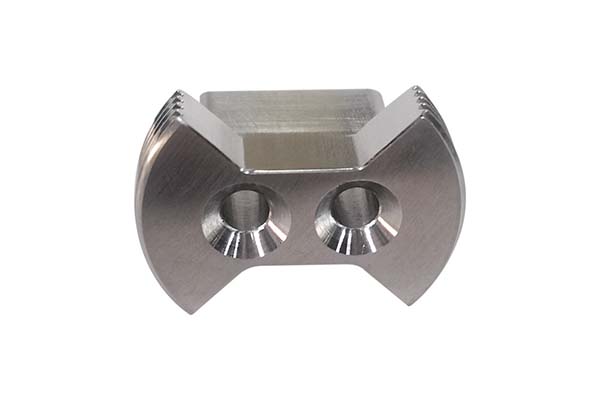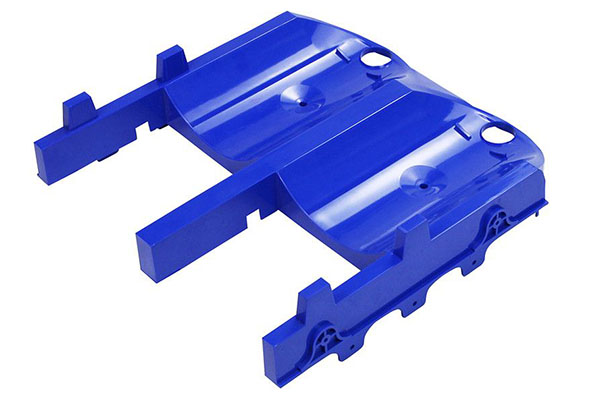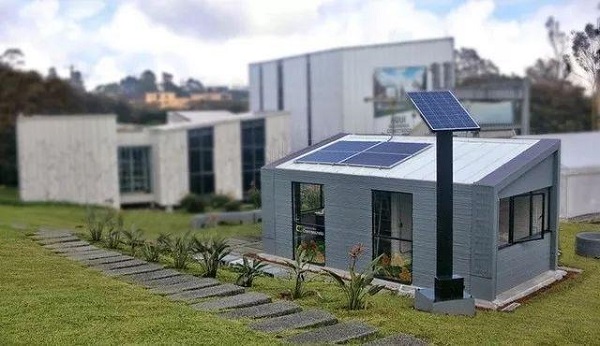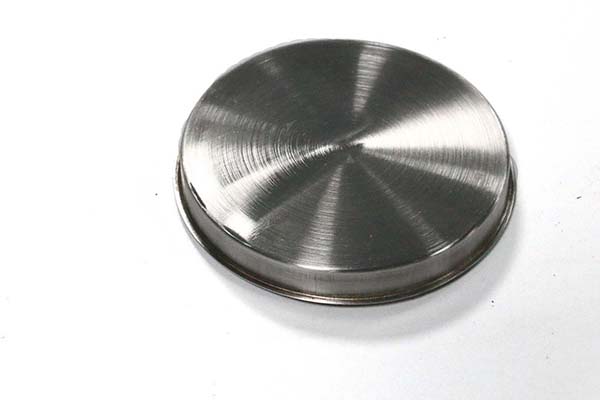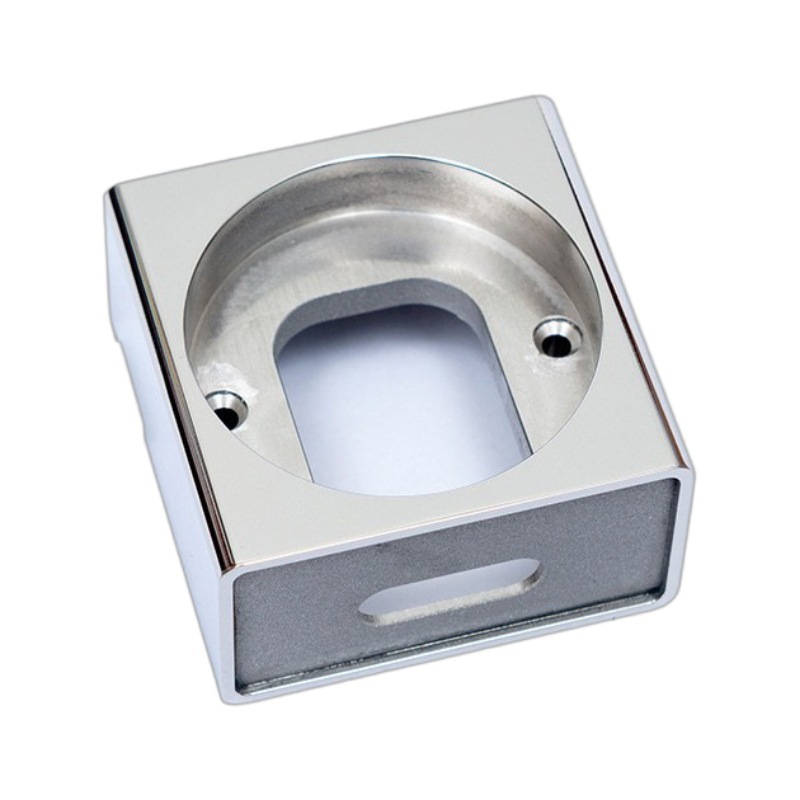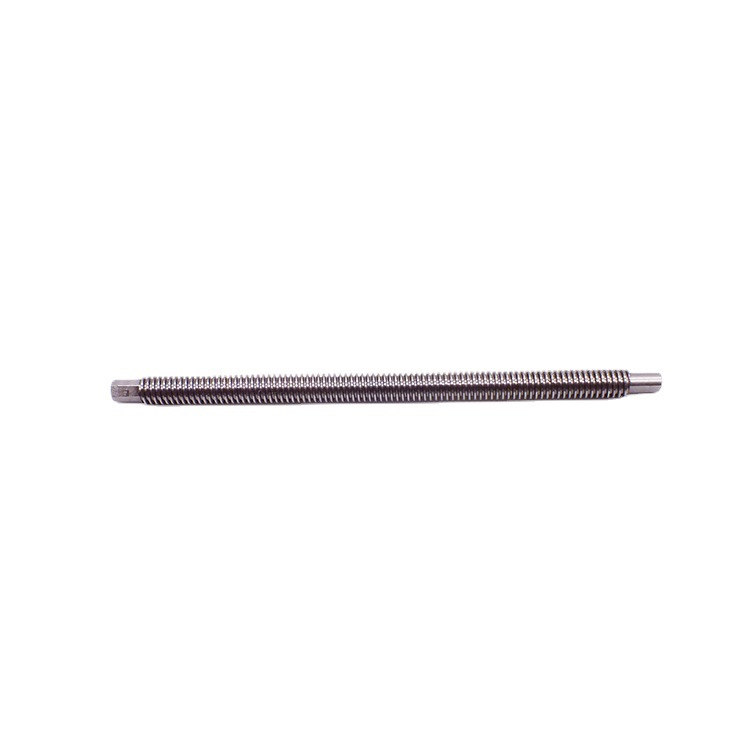In today’s fast-paced manufacturing landscape, precision, efficiency, and versatility are non-negotiable. Yet, many manufacturers grapple with challenges like long setup times, inconsistent part quality, and limited ability to handle complex multi-sided components. If you’re struggling to meet tight production deadlines while maintaining high precision—especially for large or heavy workpieces—you’re not alone. This is where the horizontal machining center (HMC) steps in. Designed to tackle these pain points head-on, HMCs have become a cornerstone in industries ranging from automotive to aerospace. Let’s explore why these machines are a game-changer and how they can transform your manufacturing processes. -yigu.
Machine Design and Structure: The Foundation of Performance
At the heart of every horizontal machining center lies a robust design engineered for stability, accuracy, and durability. Unlike vertical machining centers, HMCs feature a horizontal spindle, which allows gravity to assist in chip evacuation—a critical advantage for uninterrupted production.
The rotary table is another defining feature, enabling multi-sided machining (4-axis or 5-axis) without repositioning the workpiece. This design reduces setup time by up to 50% compared to traditional machines, as noted in a study by the Manufacturing Technology Association.
Key structural components include:
- Casting Bed: Typically made from high-grade cast iron, the bed provides a rigid base that minimizes vibration. This is essential for maintaining precision, especially during high-speed operations.
- Column and Slide: These components support the spindle and enable smooth movement along the X, Y, and Z axes. Advanced designs use hardened and ground guideways for reduced friction and long-term accuracy.
- Automatic Tool Changer (ATC): Integrated with a tool magazine, the ATC can swap tools in as little as 1.5 seconds, drastically reducing non-productive time. Modern HMCs often feature tool magazines with 40–120 stations, accommodating a wide range of cutting tools.
- Coolant System: Efficiently removes heat from the cutting zone, preventing thermal distortion of both the workpiece and the machine. High-pressure systems (up to 70 bar) also help clear chips from the machining area.
- Chucking Device: Securely holds workpieces during machining. Hydraulic or pneumatic chucks offer consistent clamping force, ensuring stability even for heavy or irregularly shaped parts.
Operation and Control: Precision at Your Fingertips
The performance of a horizontal machining center is largely governed by its CNC control system, which acts as the machine’s brain. Leading systems, such as Fanuc or Siemens, offer advanced algorithms for high-speed machining and error compensation.
User interfaces have evolved significantly, with touchscreens and intuitive software making programming accessible even for less experienced operators. Program input can be done via USB, Ethernet, or direct CAD/CAM integration, streamlining the transition from design to production.
Critical operational parameters include:
- Spindle Speed: Ranges from 6,000 to 20,000 RPM in standard models, with high-performance variants reaching 40,000 RPM for precision work in aerospace applications.
- Feed Rate: Adjustable up to 60 m/min, allowing operators to balance speed and accuracy based on material and tooling.
- Cycle Time: Optimized through simultaneous axis movement and rapid tool changes. For example, an automotive gear housing that once took 15 minutes to machine can now be completed in 8 minutes on an HMC, according to industry benchmarks.
- Axis Control: Most HMCs offer 4-axis control as standard, with 5-axis options for complex geometries. This enables machining of contours and angles in a single setup.
- Safety Interlocks: Sensors and guards prevent access to the machining area during operation, while emergency stop buttons and overload protection safeguard both operators and equipment.
Applications and Industries: Versatility Across Sectors
Horizontal machining centers excel in producing complex, high-precision parts across diverse industries. Their ability to handle large workpieces and perform multi-sided machining makes them indispensable in:
- Automotive Industry: Used for machining engine blocks, transmission cases, and suspension components. Major automakers like Toyota and Volkswagen report a 30% increase in production output after integrating HMCs into their lines.
- Aerospace Industry: Critical for manufacturing turbine blades, aircraft structural parts, and landing gear components, where tolerances as tight as ±0.002 mm are required.
- Machinery Manufacturing: Produces large gearboxes, hydraulic cylinders, and industrial valves, often weighing several hundred kilograms.
- Tool and Die Making: Creates molds and dies with intricate cavities, leveraging 5-axis capabilities for complex shapes.
- Medical Equipment: Manufactures surgical instruments and implant components from materials like titanium and stainless steel, where surface finish and biocompatibility are paramount.
- Consumer Electronics: Precision machining of smartphone frames, laptop casings, and camera components, often using high-speed spindles for aluminum and magnesium alloys.
- Heavy Machinery: Produces parts for construction equipment, such as excavator arms and bulldozer transmissions.
Maintenance and Troubleshooting: Maximizing Uptime
To ensure consistent performance, regular maintenance is essential. A well-maintained horizontal machining center can achieve an uptime of 90% or higher, compared to 70% for neglected machines, according to a survey by Plant Engineering magazine.
Preventive maintenance tasks include:
- Lubrication: Daily checks of linear guides, ball screws, and spindle bearings to prevent wear. Automated lubrication systems are standard in modern HMCs, reducing manual effort.
- Coolant Maintenance: Weekly testing of coolant concentration and pH levels, with replacement every 3–6 months to prevent bacterial growth and corrosion.
- Tool Wear Monitoring: Using sensors to detect dull or damaged tools, which can cause poor surface finish or dimensional errors. Many CNC systems now feature predictive analytics for tool life.
Common issues and solutions:
- Error Codes: Most CNC systems display specific codes for issues like spindle overload (e.g., Fanuc Alarm 400) or axis positioning errors (Alarm 300). Troubleshooting guides help diagnose and resolve these quickly.
- Chuck Malfunctions: Inconsistent clamping force often stems from worn seals or low hydraulic pressure. Regular inspection of hoses and cylinders is recommended.
- Coolant Leaks: Typically caused by loose fittings or damaged hoses. Prompt repair prevents damage to electrical components and maintains chip evacuation efficiency.
Advantages and Benefits: Why Choose an HMC?
The advantages of horizontal machining centers directly address the challenges faced by modern manufacturers:
- High Precision: Achieves tolerances of ±0.001 mm, crucial for aerospace and medical applications. This is enabled by rigid construction and advanced CNC control.
- Increased Productivity: Multi-axis machining and fast tool changes reduce the number of setups, cutting production time by 40–60% for complex parts.
- Reduced Setup Time: The rotary table eliminates the need to reorient workpieces, saving hours per week compared to vertical machines.
- Improved Surface Finish: Stable cutting conditions and efficient coolant delivery result in Ra values as low as 0.8 μm, reducing the need for secondary polishing.
- Cost-Effective: Higher throughput and lower labor costs (due to reduced setup time) lead to a typical ROI of 2–3 years for most manufacturers.
- Space-Saving: Compact designs with integrated automation (e.g., pallet changers) maximize floor space utilization—critical in crowded shops.
- Flexibility: Easily adapts to different materials, from aluminum to hardened steel, and can switch between part types with minimal reconfiguration.
Comparison with Other Machines: How HMCs Stack Up
Understanding how horizontal machining centers compare to other equipment helps in choosing the right tool for the job:
| Machine Type | Key Difference | Best For |
| Vertical Machining Center (VMC) | Spindle is vertical; better for top-down machining of smaller parts. | Prototyping, flat parts, low-volume production. |
| Lathe | Rotates the workpiece against a stationary tool; ideal for cylindrical parts. | Shafts, bolts, and symmetrical components. |
| Mill | Manual or CNC-controlled; limited to 3-axis machining in most cases. | Simple flat or angular surfaces. |
| Turning Center | Combines turning and milling but lacks the rotary table of HMCs. | Parts requiring both turning and drilling. |
| Grinder | Uses abrasive wheels for ultra-fine finishes; slower than HMCs. | Final polishing of precision components. |
HMCs outperform these machines in handling complex, multi-sided parts and high-volume production, though they come with a higher initial investment.
Yigu Technology’s Perspective
As a leading supplier of custom plastic and metal parts, Yigu Technology relies on horizontal machining centers to deliver precision and efficiency to our clients. The ability to machine complex metal components in a single setup reduces lead times and ensures consistent quality—critical for industries like automotive and medical equipment. Our experience shows that integrating HMCs into production lines not only meets tight tolerances but also scales with increasing demand, making them a strategic asset for any manufacturer focused on growth and innovation.
Frequently Asked Questions (FAQ)
- What is the typical cost of a horizontal machining center?
Prices range from \(150,000 for entry-level 4-axis models to over \)1 million for high-performance 5-axis systems with automation.
- How long does it take to train an operator to use an HMC?
Basic operation can be learned in 2–4 weeks, while advanced programming and troubleshooting may require 3–6 months of training.
- Can HMCs machine non-metallic materials?
Yes, with appropriate tooling, HMCs can process plastics, composites, and even wood, though they are primarily designed for metals.
